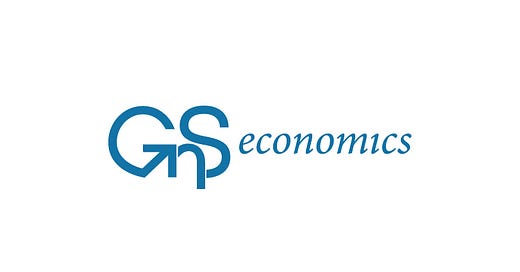Things have been moving fast since our warning on the nuclear threat on Thursday. For the reasons detailed below, we issue a warning of a possible regional war igniting in Europe. We also note the grown probability of a nuclear strike in Europe.
We have launched a Summer campaign, which offers our Annual Subscription with 15% off. The offer ends on 4 July.
Moscow has continued to issue warnings. In one of the latest and the most dire ones, Deputy Minister Ryabkov warned the West, especially the United States, on “miscalculations” that could have “fatal consequences”. He urged Washington to treat Russian warnings of not using NATO weapons to strike to mainland Russia, with “utmost seriousness”. Dmitry Medvedev, a former President of Russia and now a Deputy Chairman on Russia’s Security Council, re-iterated that the West should not treat Russian threat of using tactical nukes in Ukraine, as “empty”.
Tuomas has noted several times that Russian state finances could not stand any further wars of invasion. This makes the argument that Russia’s victory in Ukraine would threaten the security of the rest of Europe something of a moot point. Of course Russia would probably become more boldened from a final victory, but we continue to consider it very unlikely for Kremlin to continue her war of invasion deeper into Europe after it, due to foundational economic realities. Yet, serious escalation on the behalf of the NATO could force/push Russia into it, even with dire economic consequences. Worryingly, we seem to be heading that way.
Many western nations, including France, the U.K. and the U.S. are pondering, whether to enter into the conflict in Ukraine more deeply. The U.S., Finland, Poland and Estonia, among others, have already given permission to use their weapons to strike Russia. As a troubling warning, Russia noted that if the bases Finland has relinquished to the U.S., under the DCA Treaty, are used to guide missiles to targets in Russia, they would become legitimate targets for Russian strikes.
The problem is that we are currently on a path of escalation, which we have seen many times in the history of Europe. International treaties have been broken concerning starting a war, human rights, financial contracts and escalation, by both sides. The lesson of history is that, when international law-and-contract-based order breaks, wars tend to eventually follow.
We also have to note that major wars and military campaigns, in Europe, have had the tendency to start during the summer months. For example:
22 June 1941: Operation Barbarossa.
24 June 1812: French invasion of Russia.
28 July 1914: First World War.
1 September 1939: Second World War.
This is why we issue a warning of the possibility of a regional war igniting in Europe. The warning is effective for the time being.
We currently estimate that the likelihood of regional war igniting during the next four months is 30%. This is because it can truly go either way from here on. If the general populace of Europe wakes up to the fact that there’s an actual threat of a war, protests turning heads of our leader may occur. Yet, there are no signs that this would be happening in a major scale yet.
Moreover, we re-iterate our warning of a possible nuclear strike in Europe. The risk of it has grown, as it seems that Ukraine is not, at least not fully, adhering the strict guidelines set by the Biden administration on how they can use U.S. provided weapons to strike targets in Russia. In the worst-case, we may be just one strike away to Russia’s early-warning system from a tactical nuclear strike in Ukraine. However, there are indications that, after the Ukrainian strike to Voronezh early-warning radar near Orsk on 27 May, Washington would have made it clear to Kiev that such strikes should not continue.
Another positive aspect is that, according to the information we have received, Russian mainstream media has not raised their preparedness level. This implies that Kremlin does not currently see the war in Ukraine escalating, at least in the short-term (weeks to some months).
We also have to note that widening of war in Europe, or even just the threat of it, would also be likely to lead to deepening banking troubles. We explore this in more detail later.
Disclaimer:
The information contained herein is current as at the date of this entry. The information presented here is considered reliable, but its accuracy is not guaranteed. Changes may occur in the circumstances after the date of this entry and the information contained in this post may not hold true in the future.
No information contained in this entry should be construed as an investment advice. GnS Economics nor any of the authors cannot be held responsible for errors or omissions in the data presented. Readers should always consult their own personal financial or investment advisor before making any investment decision, and readers using this post do so solely at their own risk.
Readers must make an independent assessment of the risks involved and of the legal, tax, business, financial or other consequences of their actions. GnS Economics nor any of the authors cannot be held i) responsible for any decision taken, act or omission; or ii) liable for damages caused by such measures.




https://www.huffingtonpost.co.uk/entry/vladimir-putin-mobilised-russia-ukraine_uk_665856f7e4b08f9fa13f7850